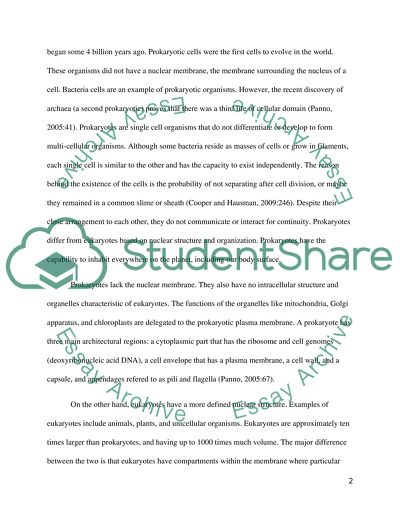Cite this document
(“Essay on Typical Cell Example | Topics and Well Written Essays - 1250 words”, n.d.)
Retrieved from https://studentshare.org/biology/1442660-is-there-anything-such-as-a-typical-cell-discuss
Retrieved from https://studentshare.org/biology/1442660-is-there-anything-such-as-a-typical-cell-discuss
(Essay on Typical Cell Example | Topics and Well Written Essays - 1250 Words)
https://studentshare.org/biology/1442660-is-there-anything-such-as-a-typical-cell-discuss.
https://studentshare.org/biology/1442660-is-there-anything-such-as-a-typical-cell-discuss.
“Essay on Typical Cell Example | Topics and Well Written Essays - 1250 Words”, n.d. https://studentshare.org/biology/1442660-is-there-anything-such-as-a-typical-cell-discuss.


